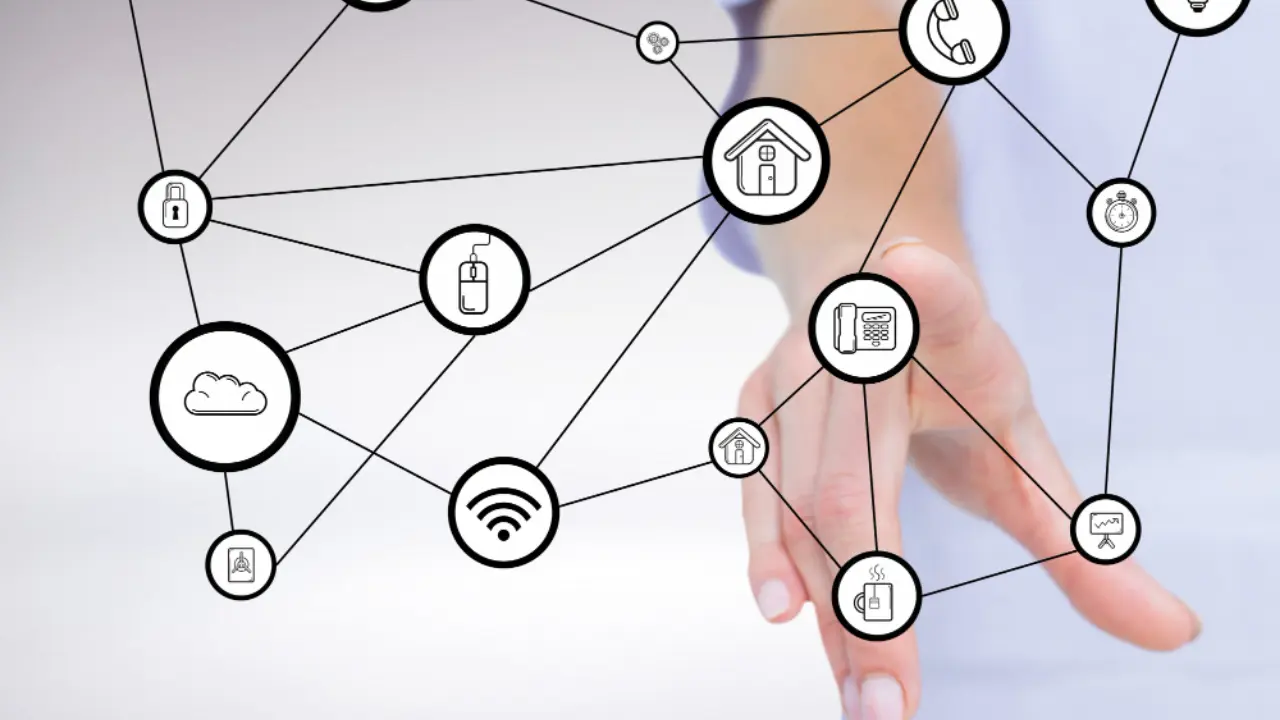You may have never heard of the term before. But, if you’ve flourished and become even more productive while working remotely, you’re getting asynchronous communication right.
Asynchronous communication is when someone sends a message without expecting an immediate reply. We see asynchronous communication daily, from simple chat apps and voice messages to pre-recorded videos and documents.
This article will look at the benefits and drawbacks of asynchronous communication. We’ll also illuminate the darker side of the asynchronous communication tools we use daily.
What Is Asynchronous Communication?
Real-time (synchronous) communication happens during meetings or face-to-face conversations. Asynchronous communication is an extended, ongoing conversation between people who aren’t in the same spot simultaneously.
Asynchronous communication is the bedrock of modern communication. People can fire off an instruction or a query to a teammate and then get on with what they’re doing. They know they’ll receive a response later, enabling them to complete paused actions.
The Advantages of Asynchronous Communication
It enables teams to collaborate effectively without waiting for real-time interaction. Other benefits of asynchronous communication include:
- Deep Work: Deep work is when someone can maintain a state of intense concentration and focus on a single task without distractions. Asynchronous communication minimizes interruptions. People can allocate blocks of time on their daily calendar for deep work, knowing there won’t be distractions from notifications or real-time interactions. Deep work leads to higher-quality outcomes and better problem-solving.
- Improved Productivity: When team members live in different time zones, you can’t just pick up a phone and have a quick chat. People aren’t always available at a convenient time, perhaps due to personal preferences or their workloads. Asynchronous communication works with these differences. It ensures that the work continues even when individuals are unavailable.
- Digital Trails: Asynchronous communication leaves a trail of messages, files, and discussions. This record is valuable for future decisions, clarifications, or accountability. It reduces the risk of miscommunication or someone forgetting a critical detail. Teams can revisit past conversations unclouded by faulty or false memory.
- Reduced Stress: Real-time communication creates pressure to respond instantly. Most people feel obliged to answer a phone call, even when they know it will disrupt a deep work period. They worry about appearing rude or insensitive. However, this forced instant communication is a constant source of disruption and stress. Asynchronous communication eliminates this urgency. You can “get your head down” without feeling overwhelmed by constant notifications.
- Meaningful Responses: A slight delay encourages team members to think things through before they rattle off a canned response. Their answers tend to be more thorough and complete. It fosters deeper discussions, leading to better problem-solving and decision-making.
What Can Go Wrong With Asynchronous Communication?
Clarifying discussion points without disrupting the flow of face-to-face conversations is easy. It’s not that easy in asynchronous communication situations.
- Clarity and Understanding: Effective asynchronous communication relies on clear and detailed messages from both parties. Messages should be concise, well-structured, and provide context. Avoid ambiguity to prevent misunderstandings.
- Response Time Expectations: Set expected response times to avoid misunderstandings and delays. Many collaboration tools also allow you to specify a level of urgency.
- Chain of Command: In large teams, it can be a challenge to maintain a solid chain of command. You can define everyone’s role, access level, responsibilities, and reporting structure on structured collaboration platforms.
- Loss of Workplace Transparency: Structured access controls and hierarchies can streamline everyday activities. However, there is a danger that companies can lose transparency. The solution is to create channels for more generalized feedback. It’s a good place to encourage open communications and share general updates, progress, and decisions with the team.
- Need for More Context: Structured communication channels isolate team members from the big picture. They risk wasting time if they take their work in the wrong direction. The solution is to create detailed instructions and share all necessary links, documents, or files that team members may need. Don’t force people to stop and ask for direction, clarification, or missing documents.
The Darker Side of Asynchronous Communication
Asynchronous communication offers flexibility but comes with some significant security and privacy risks.
- Security Risks: Unsecured communications pose a risk of expensive and disruptive data breaches. For example, people who connect over unsecured Wi-Fi networks are very vulnerable to cyberattacks. Organizations should prioritize secure channels like Virtual Private Networks (VPNs). Institute a general awareness program to educate team members about safe practices.
- Loss of Privacy: Unfortunately, collaboration tools have become notorious for harvesting user data. These tools often compromise user privacy by collecting personal information. It’s hard to promote open communication if people know that ‘someone’ is watching their every move while they’re online. The solution is to strike a balance between efficient communication and respecting user privacy. Encourage team members to use a tracker blocker to stop web trackers.
A Plethora of Collaboration Tools
Big Tech has responded to our urgent need for remote working tools with an overabundance of collaboration apps and software. Many are niche products. They focus on particular issues in specific industries like schools, architectural firms, or logistics.
But even the more generalized products allow team members to escape the Always-On Culture while maintaining productivity. Team members can work at their optimal times. The result is that tasks move forward efficiently, and companies get quality outcomes.
With careful consideration of all the risks and implementation of the right tools, asynchronous communication can be a powerful driver of productivity and success for remote teams.




